5 Tips & Tricks for Successful Indoor Gardening
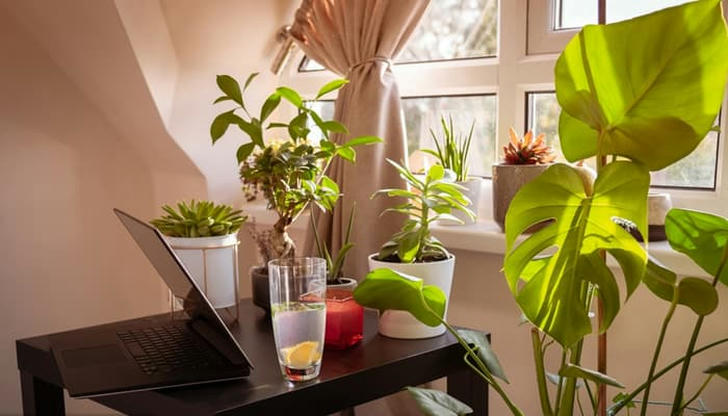
The trend of indoor gardening has gained significant traction as individuals look to incorporate greenery into their homes. This practice not only enhances the visual appeal of living spaces but also offers numerous health advantages, including better air quality, lower stress levels, and improved mood.
Nevertheless, cultivating an indoor garden can pose challenges without the right knowledge and methods. In this blog, we will share valuable tips and strategies to assist you in establishing a thriving indoor garden that will enliven your home with vibrancy and color.
1. What Is Indoor Gardening?
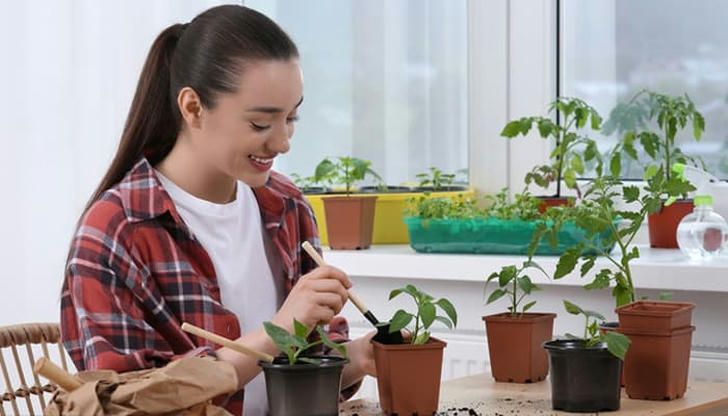
Indoor gardening involves cultivating plants within enclosed spaces, such as residences, workplaces, or greenhouses, where environmental conditions can be regulated. In contrast to outdoor gardening, which relies on natural elements like sunlight, precipitation, and temperature variations, indoor gardening allows the gardener to manage these factors entirely. This control enables plants to flourish irrespective of external weather conditions or seasonal changes.
Beyond being a mere pastime, indoor gardening serves as a practical solution for individuals residing in urban areas, where traditional outdoor gardening may be unfeasible. Furthermore, it offers the chance to grow plants throughout the year, which is particularly beneficial for those interested in producing edible plants or tropical varieties that might not endure the harshness of colder outdoor climates.
2. Tips for Successful Indoor Gardening
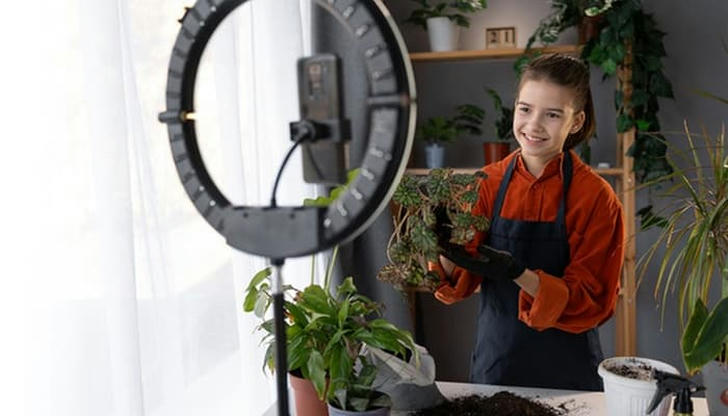
Indoor gardening is well-suited for those living in apartments, particularly if the outdoor soil is unsuitable or if you lack the time to deal with weeds and pests. Let's have a look at the tips and tricks for indoor gardening!
a) Select a Container that Features Adequate Drainage Holes
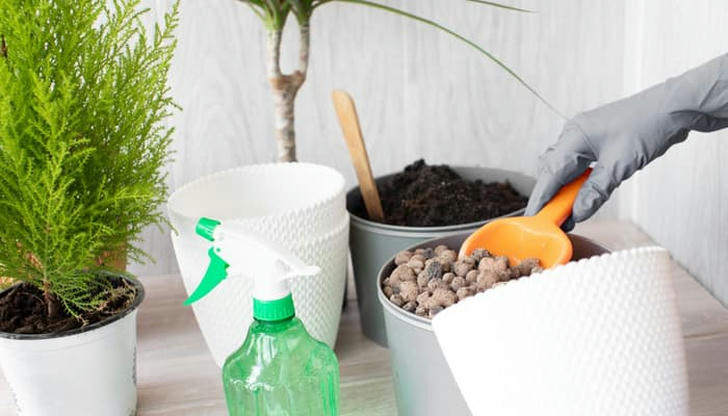
The planter, pot, or container you choose must be sufficiently large to accommodate the root ball of the plant you intend to cultivate, with a minimum depth of 6 inches for herbs and salad greens. Additionally, it should possess at least one appropriately sized drainage hole. Proper drainage is crucial for the successful growth of indoor plants. In fact, I would argue that the most reliable method to harm a plant when gardening indoors is to overwater it in a container lacking effective drainage.
Before planting your preferred greens, it is advisable to test your container by running water through it. While this method may be effective if you are extremely cautious with your watering, the most reliable approach to ensure the well-being of your plants is to have proper drainage holes.
If you lack a saucer for your container, consider placing it in your sink during watering to allow ample time for the water to drain from the bottom.
b) Install a Weed Barrier Cloth at the Base of Each Container
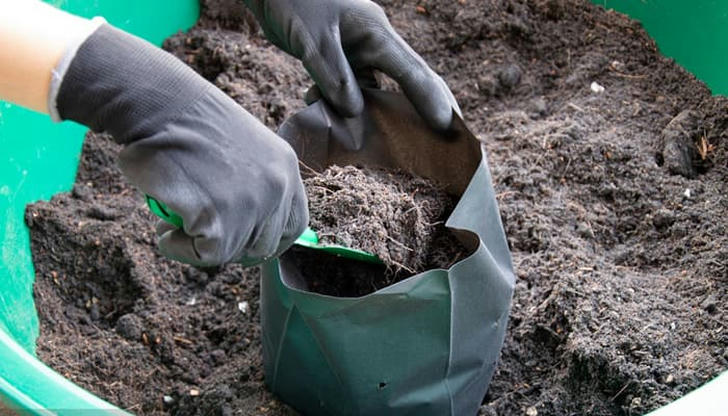
Prior to adding soil to your container, it is advisable to cut a small section of landscape fabric or weed barrier cloth to place at the bottom. This will prevent soil from escaping each time you water. If purchasing an entire roll of weed barrier cloth is not feasible, and your container is compact, a coffee filter can serve as an effective alternative.
Taking this additional precaution will benefit you in the long run. As long as you select a breathable material such as weed barrier cloth, water will continue to drain properly from the bottom.
c) Use a Good Potting Soil
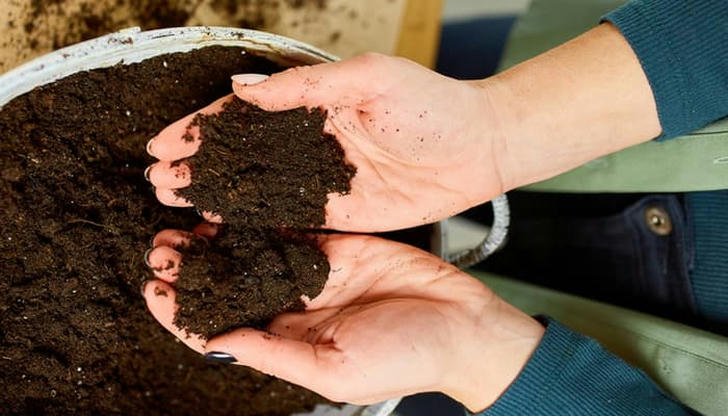
Soil plays a crucial role in gardening, whether it is indoors or outdoors. Use a nutrient-rich, well-draining soil to fill your container. Organic potting soils, such as those recommended for indoor and outdoor vegetables, are excellent choices. To provide your indoor plants with an optimal beginning, blend your soil with compost.
d) Ensure that Your Plants Have Ample Room to Expand
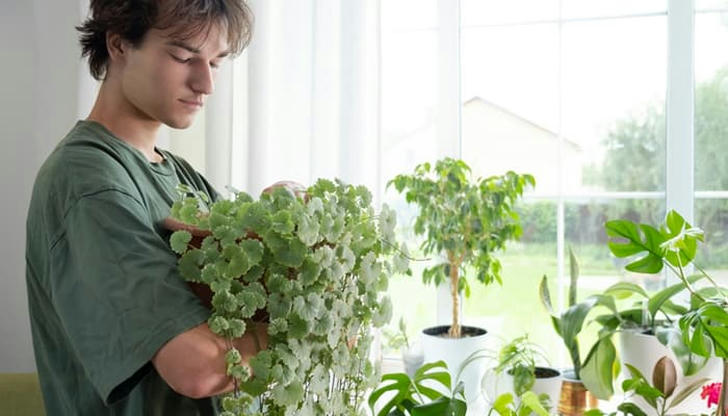
Numerous plants purchased from stores are often grouped together in a single pot to create a fuller appearance. However, it is advisable to separate them prior to planting in your garden by carefully pulling the roots apart.
Immediately transplant the separated plants, as they are quite delicate. Ensure they receive adequate watering. This will provide each small plant with the necessary space to reach its full growth potential.
e) Cultivate Species that Thrive in Low-Light Conditions
Plants that require flowering and fruiting typically need more light than what indoor conditions can offer. Conversely, plants that focus on leaf development are well-suited for indoor cultivation, as they can flourish with just four to six hours of light. Additionally, sprouts do not require any light at all.
Herbs that can be successfully grown indoors without needing full sunlight include basil, chives, lavender, lemon balm, marjoram, oregano, rosemary, sage, thyme, and mint. Salad greens that can thrive with natural light from a window consist of lettuce, spinach, and arugula.
In the brief daylight hours of winter, providing adequate natural light for your plants on a windowsill may be challenging, particularly based on the orientation of your window. Utilizing an artificial light source can support the health of your indoor plants when sunlight is insufficient. Consider selecting a full-spectrum light for optimal results.
3. Conclusion
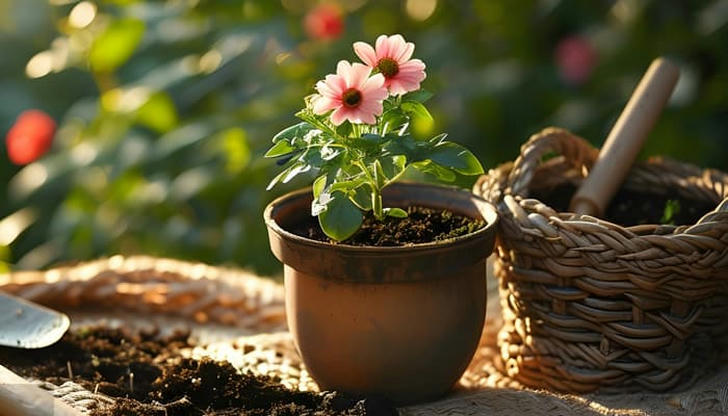
With these practical tips and tricks, you're now equipped to create a thriving indoor garden that will bring life and beauty to your living space year-round. Remember that successful indoor gardening combines the right container selection, proper soil, adequate spacing, and choosing plants suited to your light conditions. Whether you're growing herbs for cooking or decorative plants for ambiance, these strategies will help you cultivate a healthy, productive indoor garden.
